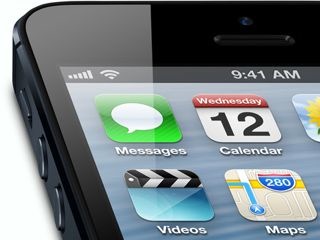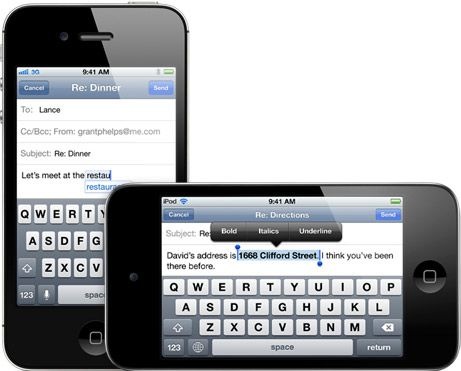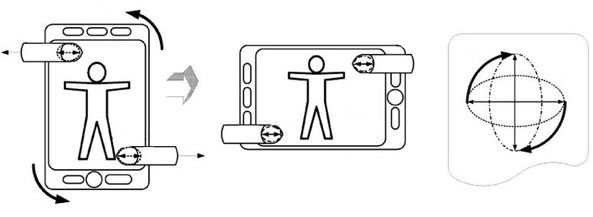A Boston University study from July pegged the cost of lawsuits filed last year by nonpracticing entities – that’s the code word for patent trolls – at an unbelievable $29 billion. Patents and lawsuits are their ‘products’ and Apple is among their favorite targets. You need look no further than Lodsys or VirnetX, which has expanded claims against Apple after winning $368 million in FaceTime case damages.
You can now add MobileMedia Ideas on your list of Apple patent trolls. Thanks to a Delaware federal judge, its suit against Apple over the iPhone screen rotation and call rejection features can proceed. What’s really peculiar about MobileMedia Ideas, apart from the obvious patent troll innuendo in its name, is that it’s a proxy for Sony and Nokia…
MobileMedia alleges that the screen rotation feature on iOS devices infringes upon its patent No. 6,441,828. the company filed suit against Apple back in July 2010, alleging the iPhone maker violated a total of eighteen patents.
Concerning the screen rotation feature, U.S. District Judge Sue Robinson ruled yesterday that the infringement claim was “suitable for determination by a jury” and said the suit could proceed.
Cnet gives us interesting background info on MobileMedia Ideas:
MobileMedia Ideas is an unusual company: it’s jointly owned by Apple competitors Sony and Nokia, which make smartphones, and a Denver-based company called MPEG LA that licenses patents for the MPEG-2 and MPEG-4 standard.
That innovative, trollish corporate structure gives Sony and Nokia a layer of insulation from countersuits by Apple and other targets MobileMedia might choose.
The patent troll holds a treasure trove of more than 300 patents, mostly originally granted to Sony and Nokia. The screen rotation patent was originally granted to Sony back in 1999, but Apple points to prior art such as patent No. 6,563,535 that covers displaying images right-side-up “regardless of the orientation of the image or the physical orientation” of the device.
Another important distinction: rather than use sensors to detect a change in a device’s orientation like Apple’s solution does, Sony’s invention describes “pressing the rotate button a maximum of three times for one image, the user can rotate the image clockwise”.
That’s a far cry from how iOS devices approach orientation change when a user turns the device upside down. Apple’s implementation, amongst other things, relies on sensors and involves intelligent rearrangement of all user interface elements.
Apple’s massive smartphone patent covers the iPhone screen rotation heuristics in excruciating detail.
It was originally filed in the first quarter of 2007 and credits, among others, Apple’s former iOS boss Scott Forstall, arguably one of the company’s most prolific inventors. Forstall, as you know, got fired two weeks ago in a major executive shakeup.
On a final note, it’s interesting how Sony and Nokia hid behind a proxy in order to avoid getting countersued over a bunch of Apple’s inventions.


